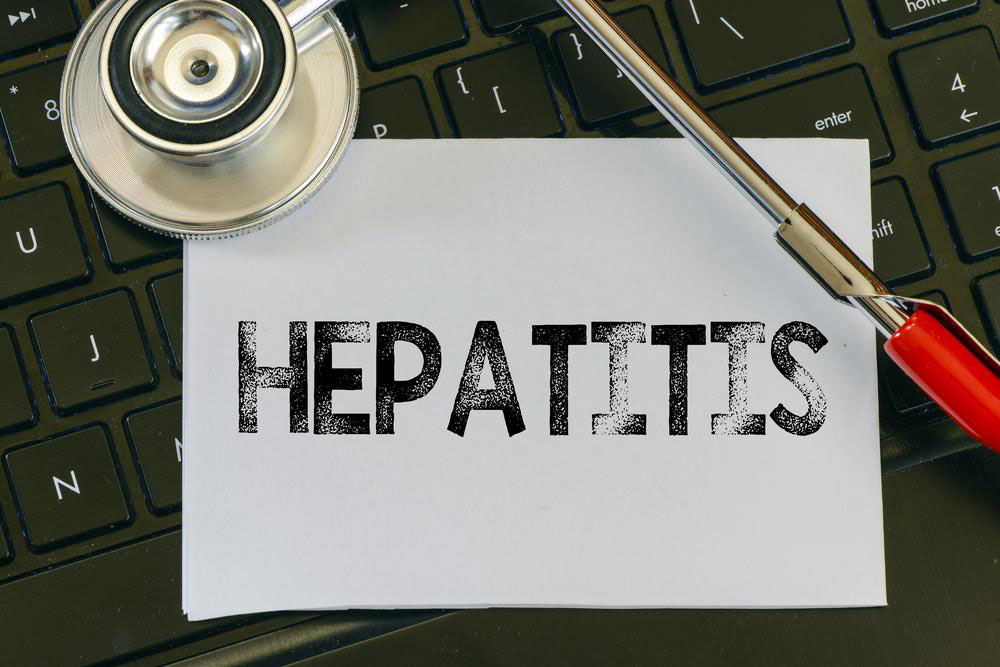
Signs & Symptoms
10 Common Symptoms of Hepatitis C
Hepatitis C is a kind of infection that’s caused by a hepatitis C virus that normally attacks the liver. This condition usually progresses slowly and shows a few symptoms or signs for decades. This is the reason most cases of this disease go undiagnosed for many years. In most cases, this condition is discovered when someone is undergoing a routine checkup or when they try to give blood and it’s screened for hepatitis C virus. However, most people live this virus for many years without knowing. In such a case, the disease is discovered when chronic liver disease symptoms like liver cancer and cirrhosis finally set in. Since most people are always checking hepatitis C FAQs to know about its symptoms, some of the common symptoms of acute and chronic hepatitis C have been mentioned below: Acute HCV infection HCV infection starts when one is exposed to the virus, and this phase is known as acute or short-term HCV. Acute HCV doesn’t have many symptoms, and its infection develops 2 to 26 weeks after an exposure to the virus. Most people who have this infection develop symptoms like abdominal pain, jaundice and flu-like symptoms (muscles aches, fatigue, and nausea). The symptoms disappear in a few weeks, and the acute illness lasts typically for 2 to 12 weeks. Chronic HCV infection Short-term HCV can become chronic or long-term, and this occurs when the virus is detected six or more months after the first infection. Chronic HCV also affects people without causing apparent symptoms, whether the liver is being damaged or not. However, symptoms can worsen if the virus is causing significant liver damage although it takes many years or decades. Symptoms of chronic HCV include the following. Fatigue – This is one of the most common hepatitis C symptoms. You will feel extremely tired and lack energy; these feelings do not go away when you sleep, making it very difficult to handle the situation.












